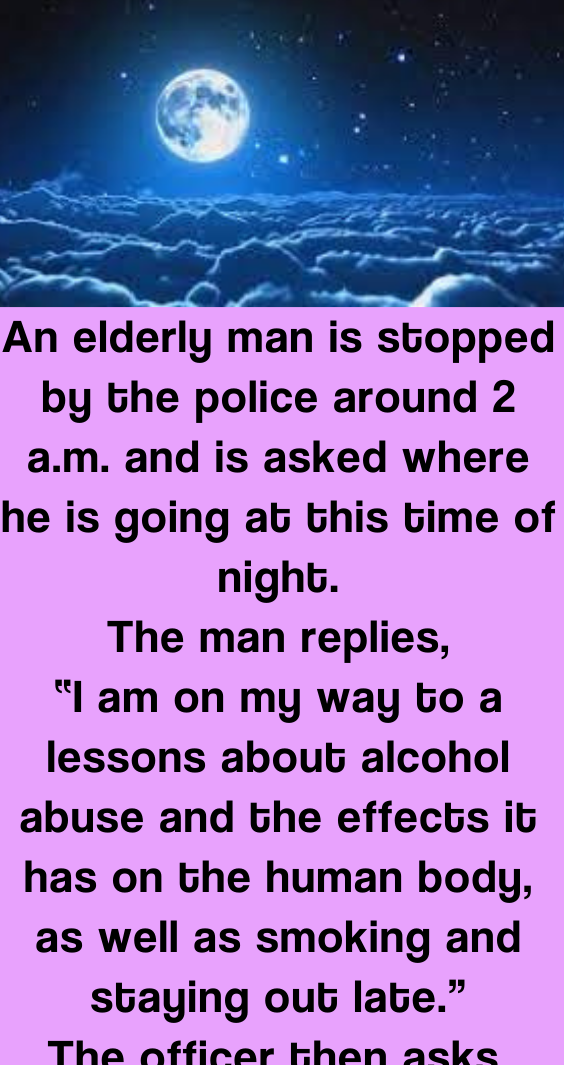On the morning of August 23, 1973, an escaped convict crossed the streets of Sweden’s capital city and entered a bustling bank, the Sveriges Kreditbanken, on Stockholm’s upscale Norrmalmstorg square.
From underneath the folded jacket he carried in his arms, Jan-Erik Olsson pulled a loaded submachine gun, fired at the ceiling and, disguising his voice to sound like an American, cried out in English, “The party has just begun!”
After wounding a policeman who had responded to a silent alarm, the robber took four bank employees hostage. Olsson, a safe-cracker who failed to return to prison after a furlough from his three-year sentence for grand larceny, demanded more than $700,000 in Swedish and foreign currency, a getaway car and the release of Clark Olofsson, who was serving time for armed robbery and acting as an accessory in the 1966 murder of a police officer.
Within hours, the police delivered Olsson’s fellow convict, the ransom and even a blue Ford Mustang with a full tank of gas. However, authorities refused the robber’s demand to leave with the hostages in tow to ensure safe passage.
The unfolding drama captured headlines around the world and played out on television screens across Sweden. The public flooded police headquarters with suggestions for ending the standoff that ranged from a concert of religious tunes by a Salvation Army band to sending in a swarm of angry bees to sting the perpetrators into submission.
Holed up inside a cramped bank vault, the captives quickly forged a strange bond with their abductors. Olsson draped a wool jacket over the shoulders of hostage Kristin Enmark when she began to shiver, soothed her when she had a bad dream and gave her a bullet from his gun as a keepsake. The gunman consoled captive Birgitta Lundblad when she couldn’t reach her family by phone and told her, “Try again; don’t give up.”
When hostage Elisabeth Oldgren complained of claustrophobia, he allowed her to walk outside the vault attached to a 30-foot rope, and Oldgren told The New Yorker a year later that although leashed, “I remember thinking he was very kind to allow me to leave the vault.” Olsson’s benevolent acts curried the sympathy of his hostages. “When he treated us well,” said lone male hostage Sven Safstrom, “we could think of him as an emergency God.”
By the second day, the hostages were on a first-name basis with their captors, and they started to fear the police more than their abductors. When the police commissioner was allowed inside to inspect the hostages’ health, he noticed that the captives appeared hostile to him but relaxed and jovial with the gunmen. The police chief told the press that he doubted the gunmen would harm the hostages because they had developed a “rather relaxed relationship.”
Enmark even phoned Swedish Prime Minister Olof Palme, already preoccupied with looming national elections and a deathbed vigil for the country’s revered 90-year-old King Gustaf VI Adolf, and pleaded with him to let the robbers take her with them in the escape car. “I fully trust Clark and the robber,” she assured Palme. “I am not desperate. They haven’t done a thing to us. On the contrary, they have been very nice. But, you know, Olof, what I am scared of is that the police will attack and cause us to die.”
Even when threatened with physical harm, the hostages still saw compassion in their abductors. After Olsson threatened to shoot Safstrom in the leg to shake up the police, the hostage recounted to The New Yorker, “How kind I thought he was for saying it was just my leg he would shoot.” Enmark tried to convince her fellow hostage to take the bullet: “But Sven, it’s just in the leg.”
Ultimately, the convicts did no physical harm to the hostages, and on the night of August 28, after more than 130 hours, the police pumped teargas into the vault, and the perpetrators quickly surrendered. The police called for the hostages to come out first, but the four captives, protecting their abductors to the very end, refused. Enmark yelled, “No, Jan and Clark go first—you’ll gun them down if we do!”
In the doorway of the vault, the convicts and hostages embraced, kissed and shook hands. As the police seized the gunmen, two female hostages cried, “Don’t hurt them—they didn’t harm us.” While Enmark was wheeled away in a stretcher, she shouted to the handcuffed Olofsson, “Clark, I will see you again.”
The hostages’ seemingly irrational attachment to their captors perplexed the public and the police, who even investigated whether Enmark had plotted the robbery with Olofsson. The captives were confused, too. The day following her release, Oldgren asked a psychiatrist, “Is there something wrong with me? Why don’t I hate them?”
Psychiatrists compared the behavior to the wartime shell shock exhibited by soldiers and explained that the hostages became emotionally indebted to their abductors, and not the police, for being spared death. Within months of the siege, psychiatrists dubbed the strange phenomenon “Stockholm Syndrome,” which became part of the popular lexicon in 1974 when it was used as a defense for the kidnapped newspaper heiress Patty Hearst, who assisted her radical Symbionese Liberation Army captors in a series of bank robberies.
Even after Olofsson and Olsson returned to prison, the hostages made jailhouse visits to their former captors. An appeals court overturned Olofsson’s conviction, but Olsson spent years behind bars before being released in 1980. Once freed, he married one of the many women who sent him admiring letters while incarcerated, moved to Thailand and in 2009 released his autobiography, entitled Stockholm Syndrome.





